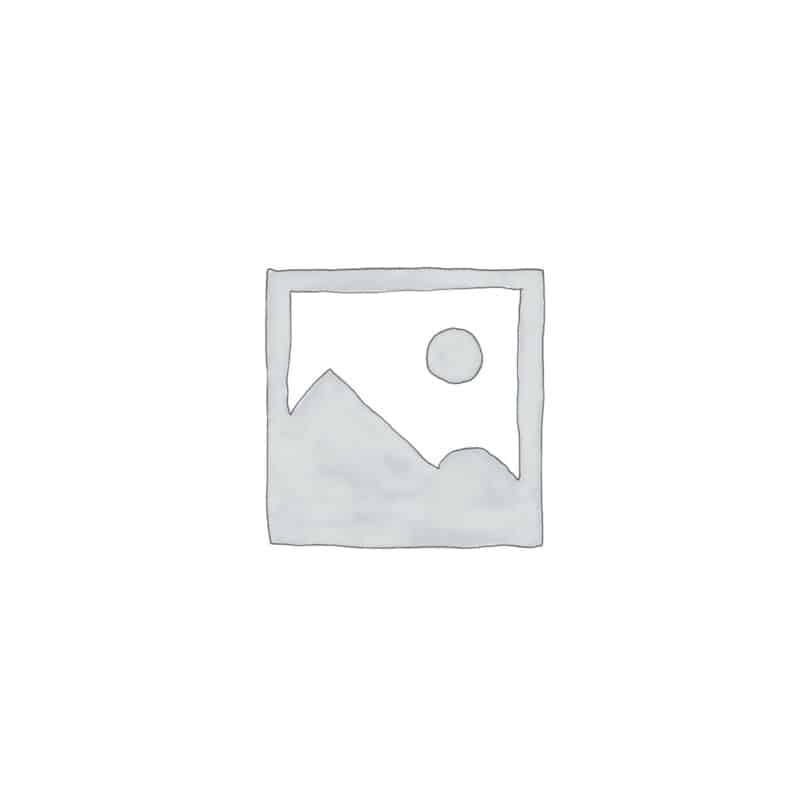Description
Alsike clover is a perennial clover first introduced to agriculture from Sweden in 1834. In growth form and flower colour it appearance is somewhere between white and red clover which is how it first got its scientific name hybridum although it is a true species not a hybrid. It is an upright clover of medium height, with unmarked trifoliate leaves and pinkish white flowers.
Habitat Information
Agricultural varieties of Alsike clover are sown in seed mixtures as minor forage legume on farms. It is a relatively short-lived plant and does not appear to persist and sustain itself in the wild.
In agriculture Alsike clover was mainly grown in short-term grass leys as an alternative to red clover as it is more tolerant of wet acid conditions and less prone to eelworm and clover sickness.
Growing Information
Alsike clover can be sown at any time of the year when soil and weather conditions are suitable. Cultivated clovers as young seedlings are susceptible to slug and frost damage so are best sown in good growing conditions in spring or summer before the end of August.
Its main use today is to add some species diversity to cheap legume pollen and nectar options for farm stewardship schemes. In this regard it has the advantage over white clover of not being persistent so not as likely to return as a problem weed in future years.


